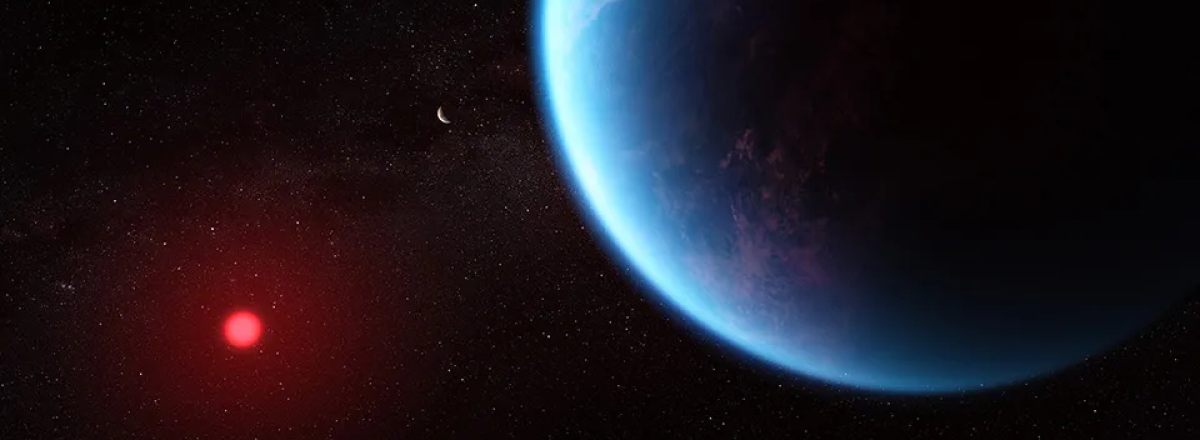James Webb Space Telescope Explores K2-18b, a Potential Haven for Alien Life
The UCR team's follow-up research emphasizes the need for more refined observations to accurately interpret the data, highlighting the complexity of detecting and confirming signs of extraterrestrial life.

The James Webb Space Telescope (JWST) has turned its powerful lens towards the exoplanet K2-18b, sparking significant interest among astronomers due to possible signs of life detected in its atmosphere. Located 120 light-years away, this super-Earth, approximately twice the size of our planet, has been identified as a prime candidate for hosting life forms, primarily due to the presence of dimethyl sulfide, a compound typically produced by marine phytoplankton on Earth.
Astronomers are intrigued by K2-18b's potential as an ocean world, largely covered in water and enveloped by a hydrogen-rich atmosphere, which could support aquatic life similar to Earth's oceans. The recent findings by the JWST have provided tantalizing hints of this biosignature, though the scientific community urges caution, suggesting that further observations are necessary to confirm these initial results.
The excitement began when JWST's initial scans of K2-18b showed signs of carbon dioxide and methane but no ammonia, pointing to the exoplanet being a hycean world—a type of planet with vast oceans beneath a thick atmosphere. The detection of dimethyl sulfide last year further fueled speculation about life on K2-18b. However, researchers from the University of California, Riverside (UCR), express skepticism about the JWST's current capabilities to definitively identify such biosignatures, given the overlapping signals from other atmospheric components like methane.
The UCR team's follow-up research emphasizes the need for more refined observations to accurately interpret the data, highlighting the complexity of detecting and confirming signs of extraterrestrial life.

